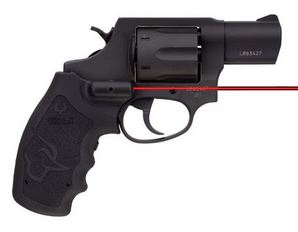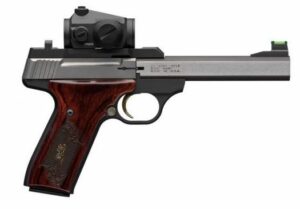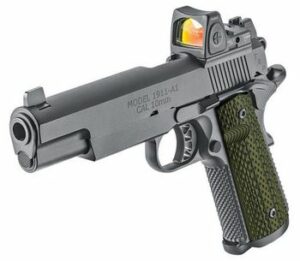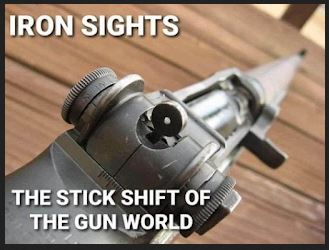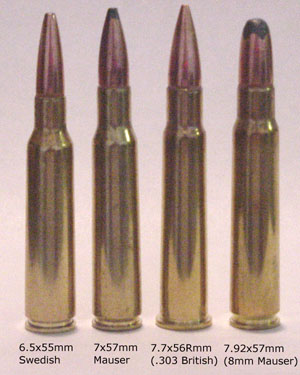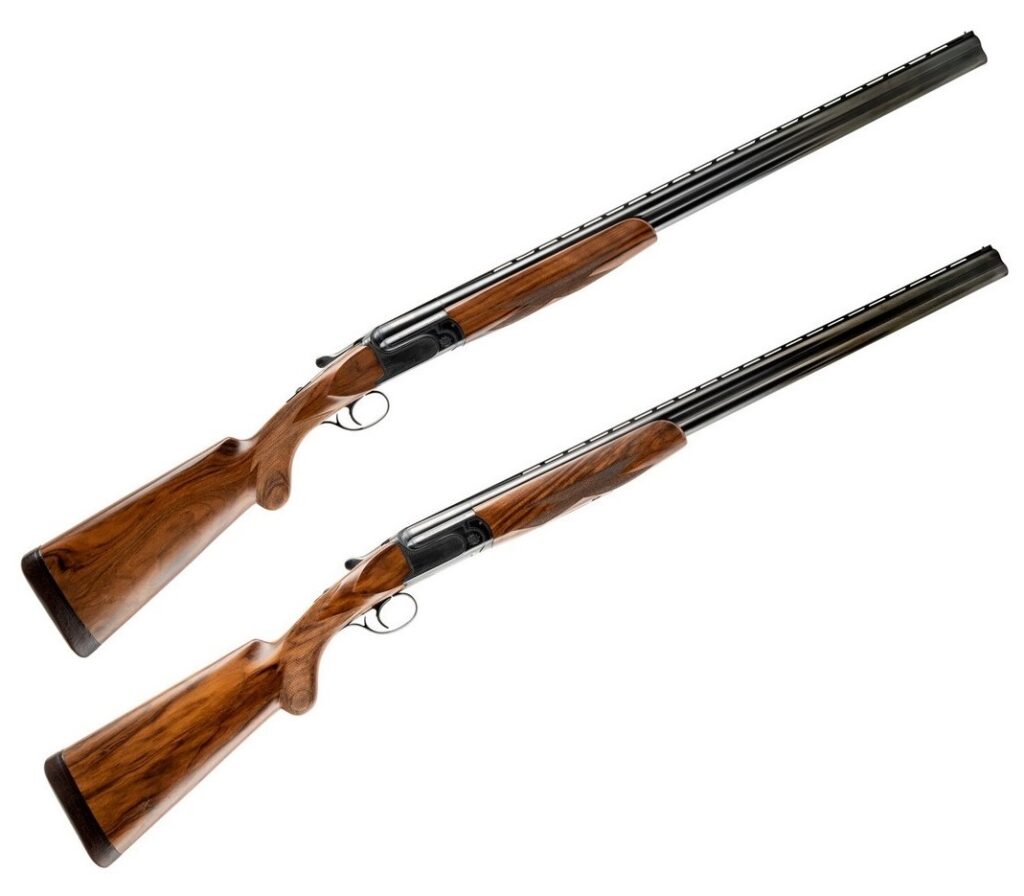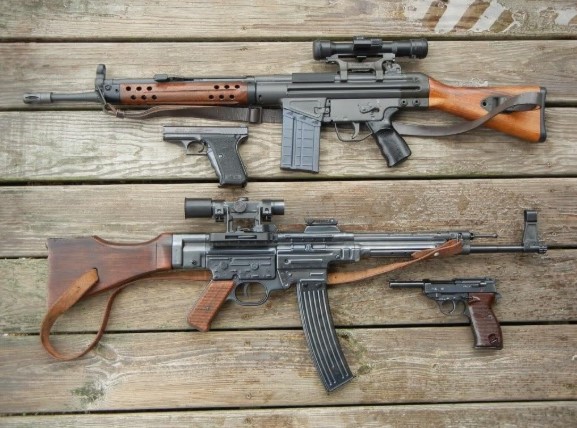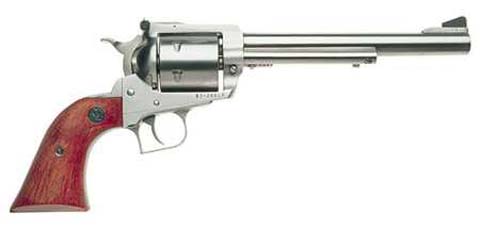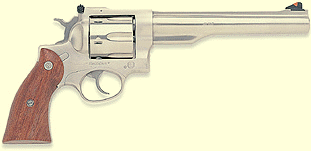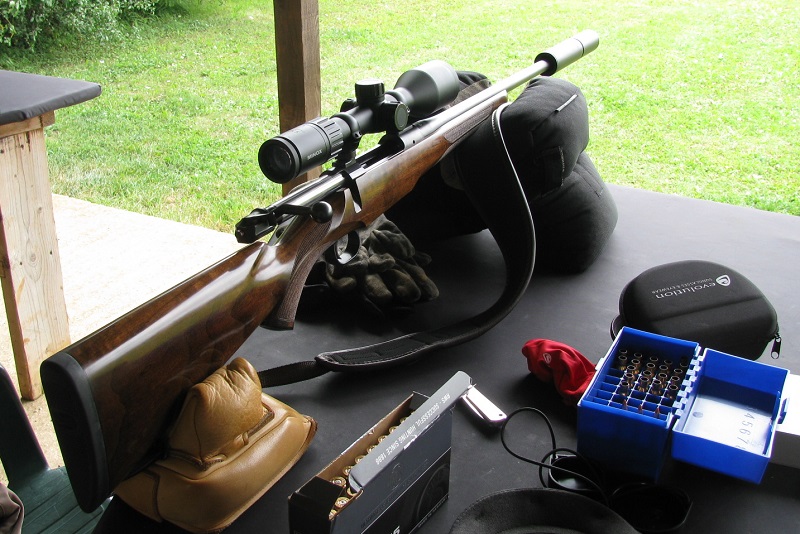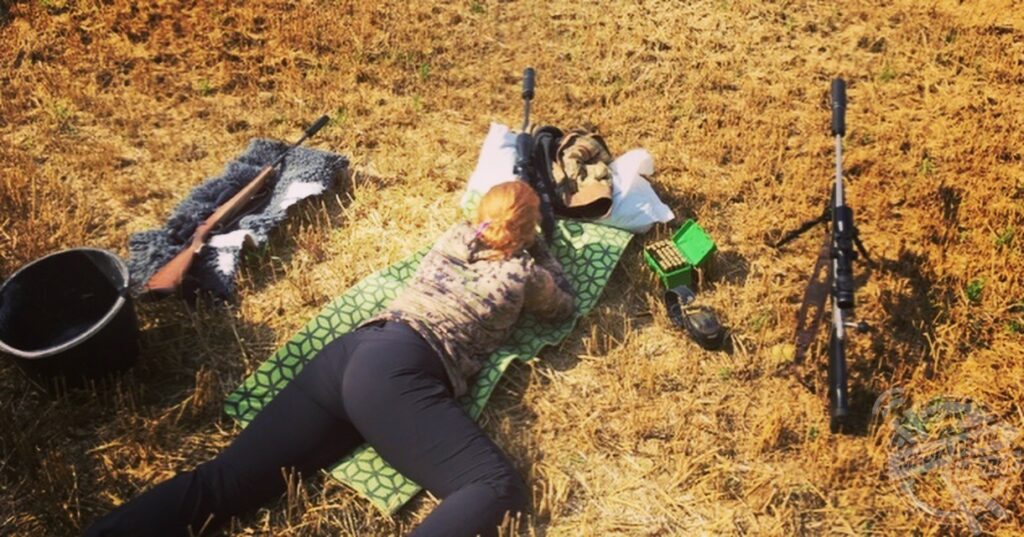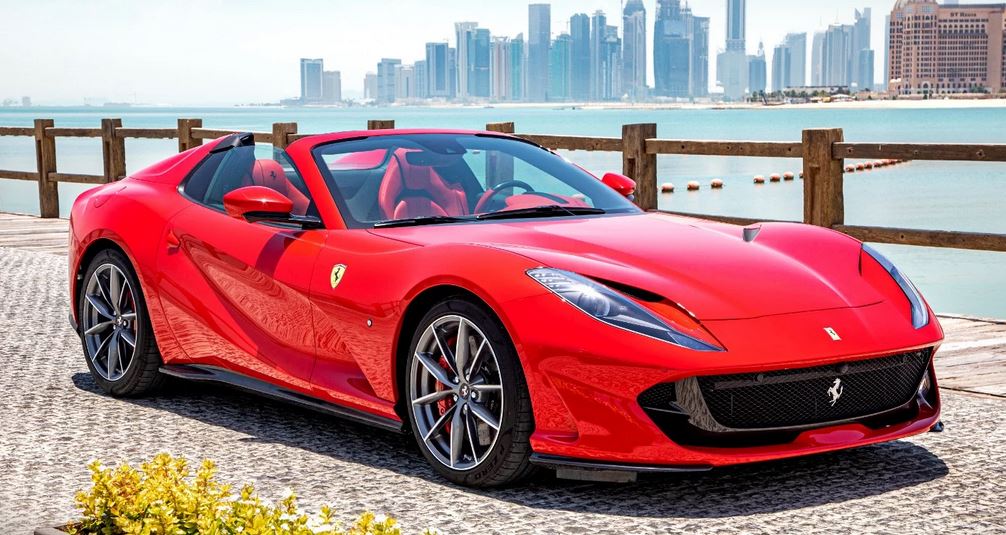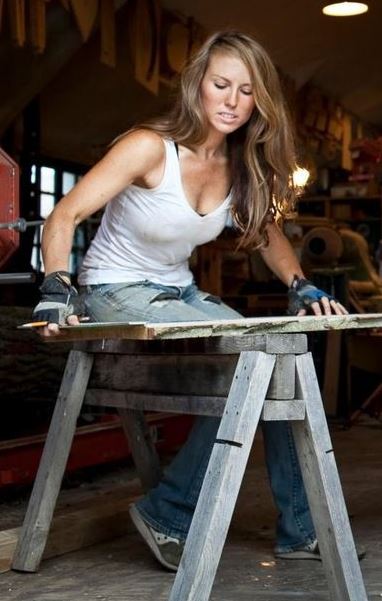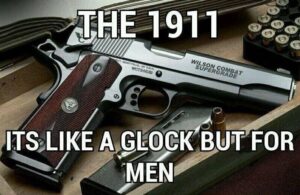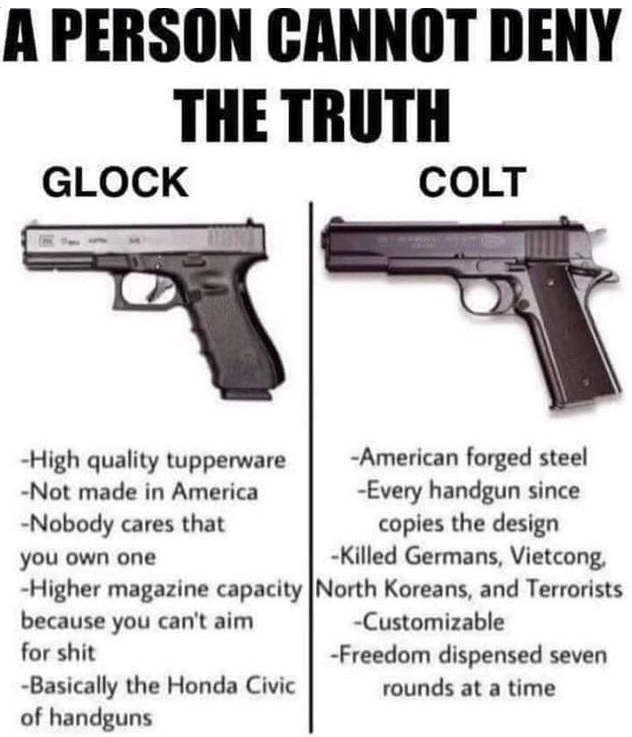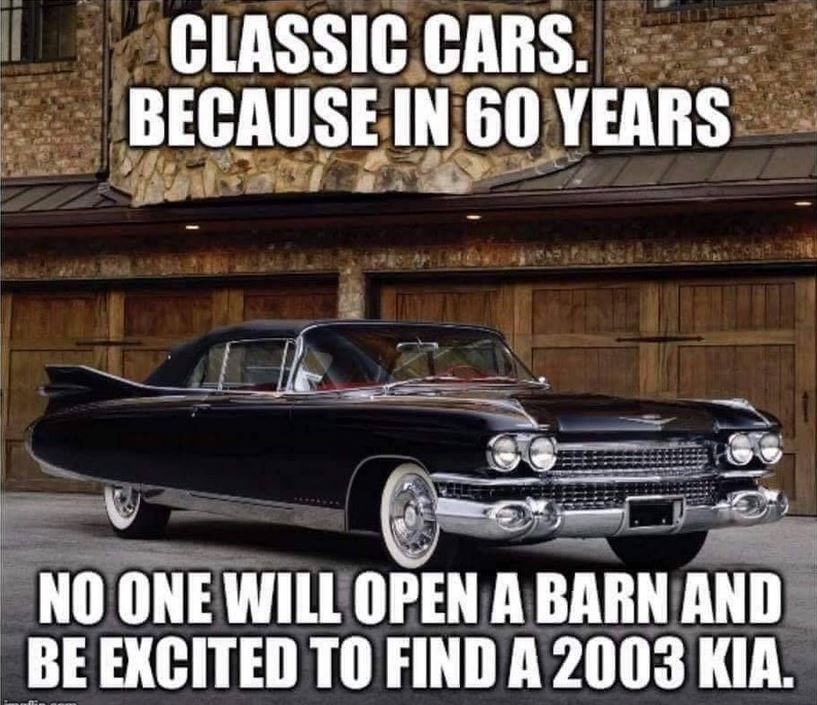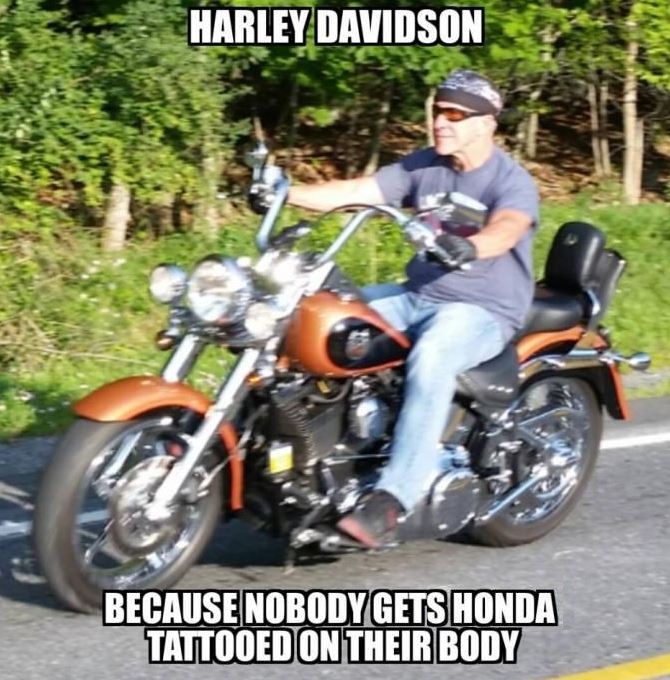Longtime Friend & Reader John C. sent me this email over the past weekend:
Kim,
I found this article (“6.5 Creedmoor vs. .308 Winchester”) and thought you might find it interesting. I have .308 dies, a .308 Savage bolt gun, and if I get the urge to build another AR I’d do it in .308 because I have the dies. Not enough difference for me to collect another caliber, I’m slowing down.
A buddy was asking about it, though, and I said if he has no .308 and is getting a new gun he should consider the 6.5 Creedmoor (CM). If he has a .308 I said stick with it. He’ll likely not ever shoot beyond 500 yards. Your thoughts?
I thought it was a pretty good article, but unless I think I’ll take up F-Class (unlikely), like the author I’m not gonna think about it for me any more.
Cheers,
John
This was my response:
John,
I enjoyed the article. My additional thoughts are as follows.
For 95% of all shooting, anything more than 400 yards is unlikely. (Targets and long-distance disciplines excepted, and the other 5% if you’re hunting antelope in eastern Montana, for example.)
In my opinion, therefore, the only difference between the .30x and the .25x (6.5mm, .270 Win etc) is that the latter doesn’t recoil as hard. As someone once said, they’re all good enough that the deer won’t know the difference. It’s the reason I prefer the 6.5x55mm Swede over just about any other: plenty of range (further than I can confidently shoot at), lots of penetration (high sectional density/SD), flat trajectory and so on.
If you’re a devotee of the .308, it’s fine. It may be the best all-purpose medium cartridge ever made, taken across every kind of use (military, hunting or target). I just prefer not to beat my shoulder up if I can avoid it. It’s the same reason I prefer 7x57mm over the 8mm: more or less the same effectiveness, smaller bruise.
Now that said, I love shooting. I love shooting, a lot. Which means that I pull the trigger more, in a single range session, than 75% of other shooters, and under those circumstances, recoil is a big thing.
![]()
Postscript:
It’s one of those things where you really don’t have to get all worked up over finding the “perfect” cartridge — trying all sorts of different calibers, loads etc. — and letting the perfect be the enemy of the good (or in this case, good enough).
Frankly, I think that riflemen need to find the cartridge/chambering which suits their personal criteria (mine, as above: maximum effectiveness with the lowest possible recoil), then find the cartridge (bullet weight, manufacturer, muzzle velocity whatever) which works the best in your rifle, and lay in a boatload of ammo of those specs (or reload accordingly, if you’re that way inclined).
Then shoot it lots, and become a master rifleman.


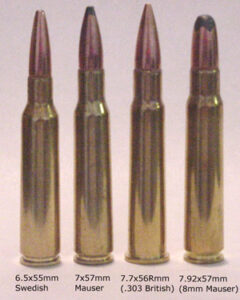
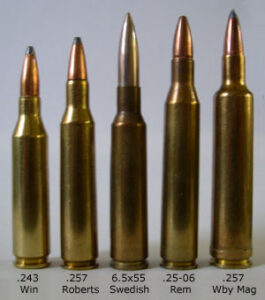
…or, as the above linked article puts it:





